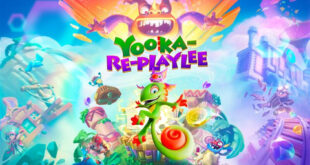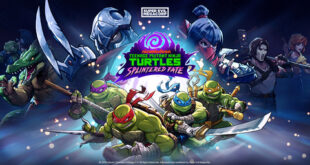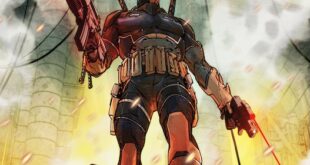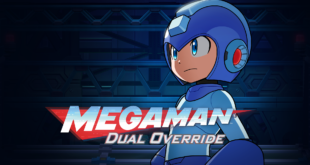Death’s Door is a isometric action adventure RPG platformer where you play as a Crow with a job of reaping souls for the Reaping Commission. It doesn’t do anything new for the genre, but the visual style, humor and overall charm creates a solid, enjoyable experience.
Story
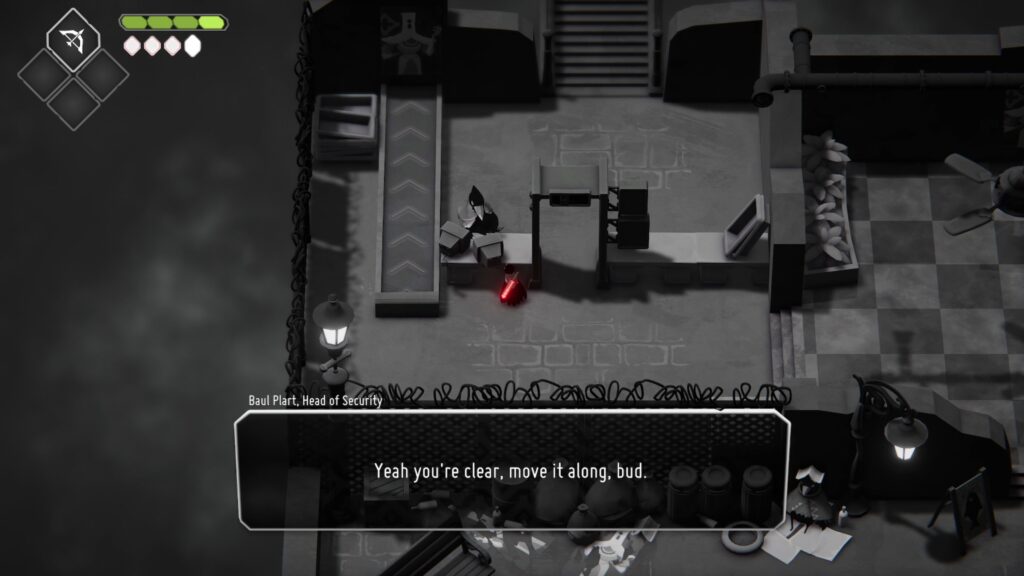
In this world, when living beings’ lives expire, a Crow reaper is assigned the job to go and reap the soul by the Reaping Commission. Some souls are greater than others and when your assigned Giant Soul gets stolen by another Crow reaper it sets you off on a journey riddled with conspiracy, forbidden knowledge, and lives corrupted by immortality.
The plot plays out fairly simply though. The exposition you get is mostly short sequences of NPC dialogue, items, logs and environmental storytelling.
Examples of which would be logs left by other Crow reapers and various ruins. The result is an easy to digest, humorous tale that keeps you curious and engaged. It encourages exploration of areas and thus rewards you with more secrets as well as items and upgrades.
Gameplay
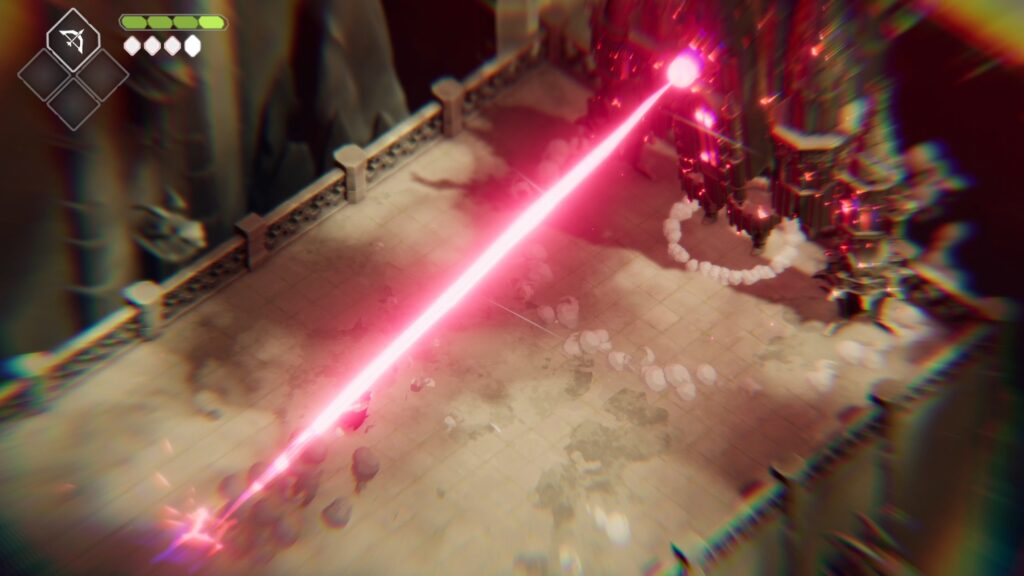
Controls
Death’s Door recommends playing with a controller and I agree. The button mapping is fairly standard and comfortable.
Trigger buttons are mainly for attacks, arrow buttons are used for ability selection and face buttons for dodging, attacks and interaction. The left analog controls movement while right analog allows slight manipulation of the camera which can sometimes be handy for spotting hidden items and paths.
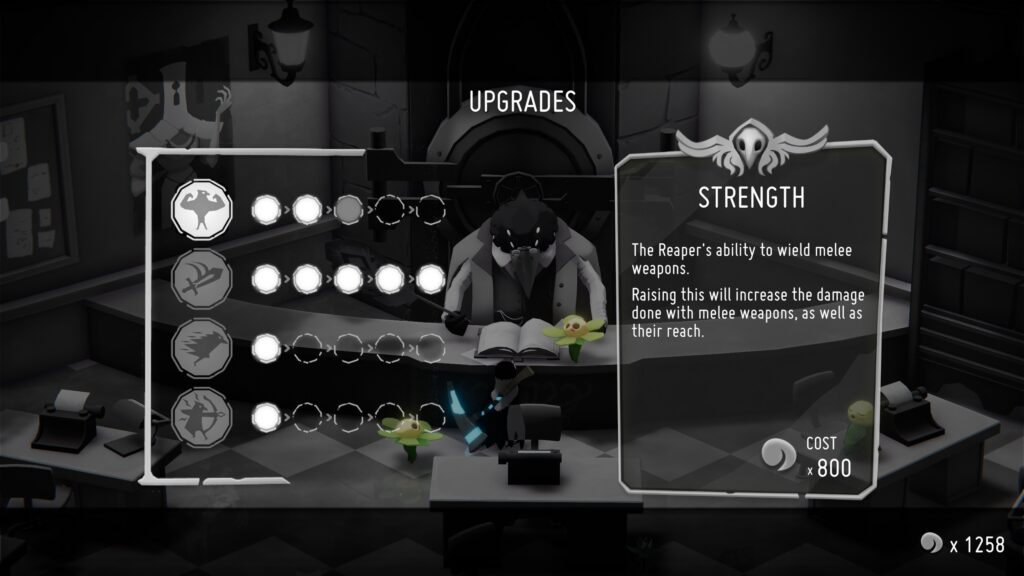
Death’s Door has a lot of standard mechanics you’d find in most third-person action-adventure games. Throughout the campaign you will unlock new weapons and spells, collect souls as currency and shards for upgrading health and magic. Spells you unlock are required to progress to new areas and act as world keys.
Using souls, you can choose to upgrade along 4 different paths: Strength, Dexterity, Haste and Magic. There are also collectible items you can find, some of which add a little story here and there.
Overall, the gameplay is solid and only the isometric angle of the camera caused me minor frustration. I sometimes misjudged distances or my crow got obscured by swathes of enemies.
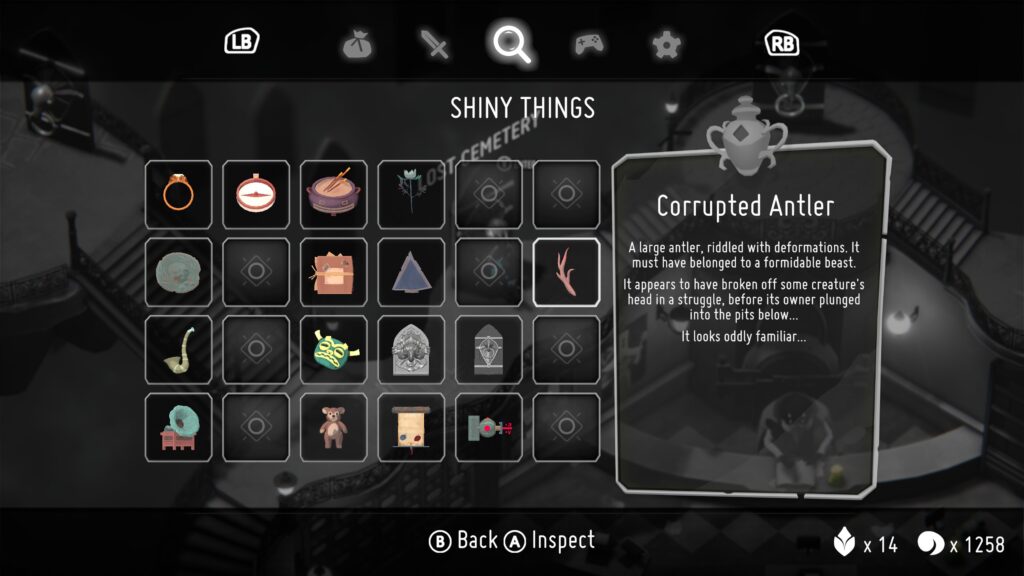
Level Design
My major gameplay issue with Death’s Door is level design. Some levels were very confusing to navigate through as I couldn’t easily differentiate where I had been and where I had not.
Sections looked quite similar and the paths between them didn’t really fit well in my mental map. I found myself having to backtrack a lot, though in one case it was definitely my fault. Screen glare obscured a tunnel entrance and I also missed a visual queue. Definitely a facepalm moment. There are also very easy puzzles in certain levels that felt more like filler than actual puzzling or platforming.
On the other hand, each area has tons to explore or revisit once a new spell was acquired and each area has a unique theme along with its own unique enemies.
Enemy Design
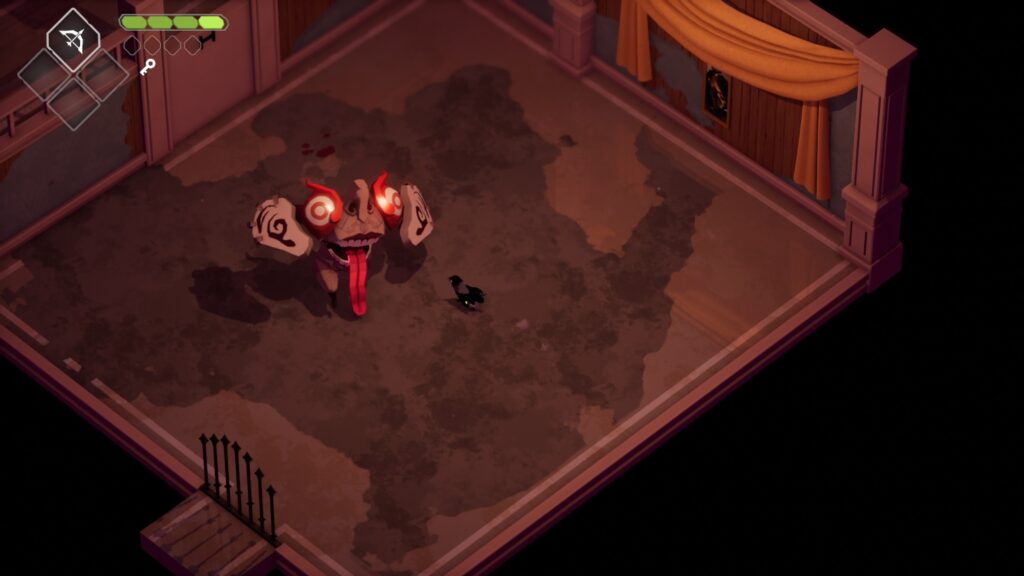
The enemies in Death’s Door are funny, scary and unique. I really enjoyed the fresh designs which are absolutely adorable or downright terrifying. Some cannon fodder type enemies do end up being reused with different visual styles.
While usually this annoys me, I was happy to see that they added unique attacks for each variation making the following encounters more interesting. Not all enemies are made equal though and there are certain enemies that are a pain to deal with.
Boss designs in Death’s Door follow much the same with funny interactions, personalities and unique stages and attacks. They weren’t too difficult whereas the one mini boss I’ve faced was tough as nails.
Combat
Death’s Door’s combat consists of either enemies roaming a part of a level or ambush type attacks where enemies spawn through doors and you are trapped for awhile until the waves stop. I found myself adopting different strategies for certain enemies and prioritizing some over others.
You can also reflect some magic attacks which can add to the complexity of battles. Baiting enemies, learning their attack patterns and exploring how best to use your weapons and spells made fights enjoyable.
Only rarely did I think a fight was more of a pain than fun. Most of the time, my own hubris was my downfall and that’s what good game design is.
Sound Design
Death’s Door’s sound design is quite good. Sound effects are punchy and clear, telegraphing attacks or effects. There is pleasant ambient music for each of the areas. Each NPC has their dedicated interaction sounds. Overall, they add to the charm of the game. It just feels cozy!
Visual Design
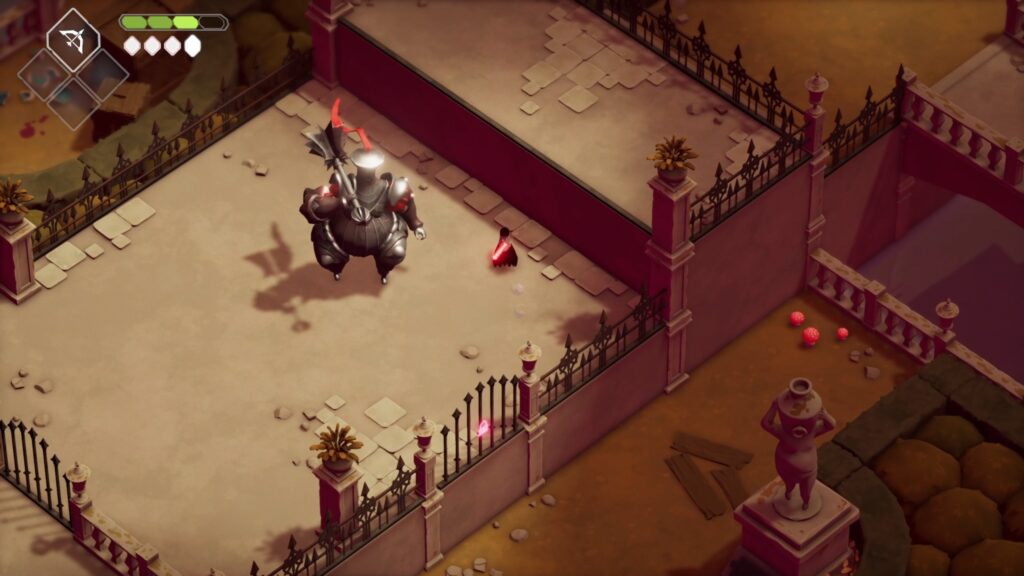
The visuals of Death’s Door are rather charming. It’s simplistic, kind of cartoony and dark with colors that are easy on the eyes. I actually think Death’s Door would be a good game choice for older children (it is rated for 12 and up).
There are a lot of little effects and details that add to the overall look and feel of the game. I really enjoyed these effects when I noticed them for the first time. When you do a dodge roll little feathers fly off the crow. Or when some enemies are on low health fearing for their lives they cry.
Overall
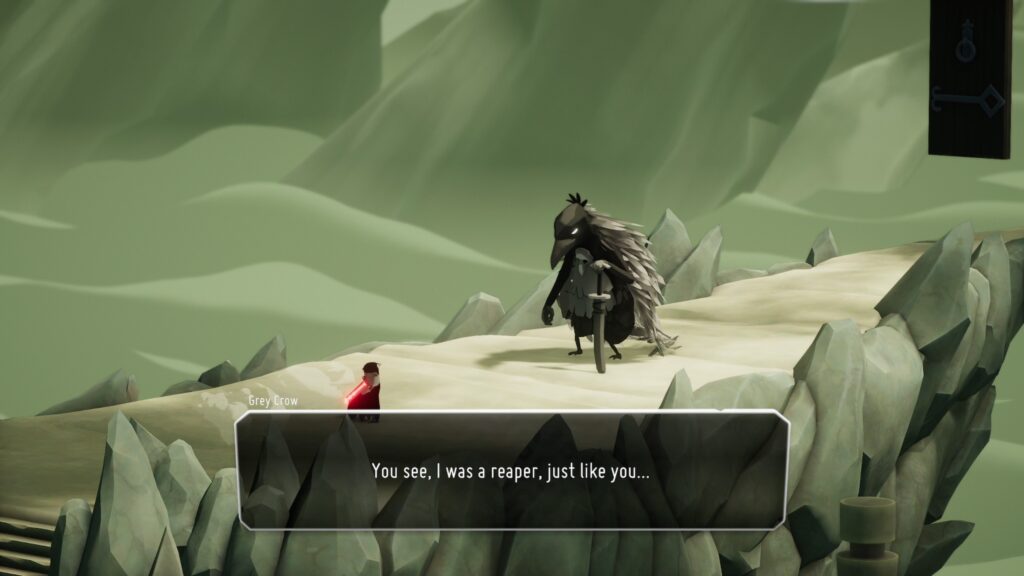
Death’s Door is funny, cute and engaging. While it isn’t reinventing the wheel, it brought me back to simpler times when games were fairly straightforward with their story and mechanics.
I do think there are weak sections to it however, and perhaps a second pass on those levels would have been an improvement. There is also a slight amount of repetition, but not enough that I’d say it’s a downer. That’s mainly because there is always some upgrade, new path or collectible waiting around the corner.
Devolver Digital has been killing it with these new indie titles!
A copy of this game was provided by the publisher for review
Death’s Door
Release date: July 20th, 2021
Platform: PC (reviewed), Xbox One, Xbox Series X|S
Publisher: Devolver Digital
Developer: Acid Nerve
MSRP: $19.99 USD
Death's Doorknob
Gameplay - 82%
Story - 80%
Level Design - 75%
Visuals - 85%
Sound Design - 80%
80%
Deadly
Humor and simple yet strong gameplay save some weaker sections of the game. Death's Door is a break from complexity and a return to classic, fundamental game design.
 BrutalGamer Bringing you Brutally Honest feedback from today's entertainment industry.
BrutalGamer Bringing you Brutally Honest feedback from today's entertainment industry.

